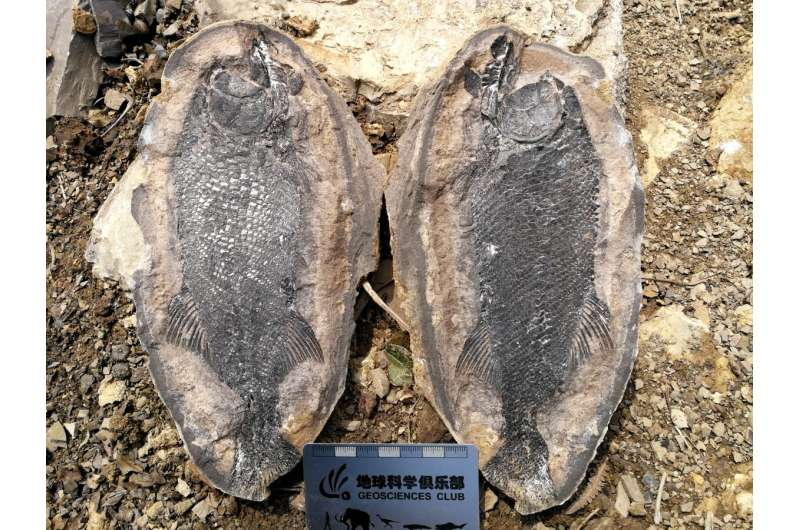Approximately 250 million years ago, the Permian-Triassic mass extinction event resulted in the death of over 80% of all species on Earth. It was previously thought that following the extinction, simple life forms dominated the planet for up to 10 million years before more intricate ecosystems could develop, following a Phys report.
However, a group of researchers from various countries, including McGill University and Université du Québec à Montréal, are now calling this theory into question. It has long been assumed by the scientific community that the severe hot ocean conditions that arose from catastrophic climate change hindered the growth of complex life forms after the mass extinction. This notion was based on geochemical evidence of the ocean's state at the time.
Furthermore, newly discovered fossils from 250.8 million years ago in the Guizhou region of China indicate that intricate ecosystems existed on the planet just one million years after the Permian-Triassic extinction event, much sooner than previously believed.
New Fossils' Significant Findings
The fossils found in the Guizhou region show evidence of a rich ocean ecosystem consisting of a variety of species forming a complex food chain, including plants, bony fish, ray-finned fish, crabs, lobsters, shrimp, and mollusks. The research team discovered a total of 12 categories of organisms and even fossilized feces, providing insight into the diets of these ancient creatures.
This is according to Morgann Perrot, who was previously a postdoctoral researcher at McGill University and is now affiliated with Université du Québec à Montréal. It was previously assumed that it would take 5 to 10 million years for complex ecosystems to re-emerge after an extinction event. However, the researchers in the Guizhou region found that this process happen much faster, as they used radiometric dating techniques to date the rocks containing the fossils.
The findings have significant implications for comprehending the speed at which life can recover from extreme crises and require a reconsideration of the ocean conditions during the early Triassic period, according to Perrot, who specializes in Earth sciences and geochronology. Watsonulus eugnathoides (previously known as Watsonia, dated to the Early Triassic period, with a skull length of 7 cm and a total length of 30 cm) is a type of parasemionotid fish related to the basal actinopterygii species, Prohale Sites, as reported by Reptile Evolution.

Field photo of a Watsonulus fish fossil from the Gaopo section.
ALSO READ: Ancient Fish That Developed Legs to Walk on Land Returned to Full-Time Swimming, Study Reveals
Ancient Fish's Features
It is characterized by a large diamond-shaped opening between the nasals and frontals when viewed from above, with the parietals separated by the postparietal. The premaxilla features a post-narial process, and the teeth are very small in size. The pectoral fins of this species are significantly larger compared to its pelvic fins.
In 2016, a collection of bony fish fossils was discovered in northern India, dating back to the Early Triassic period. The fossils were found in Pin Valley and are estimated to be from the middle-late Dienerian era, with one specimen possibly from the earliest Smithian period.
This new ichthyofauna includes a jawbone from the predatory ray-finned fish Saurichthys, a nearly complete specimen of a parasemionotid neopterygian (resembling Watsonulus eugnathoides), and other scattered remains from actinopterygii and actinistia species. This is the most comprehensive collection of Triassic fish fossils from the Indian subcontinent. Saurichthys had a widespread distribution globally after the Late Permian mass extinction, while parasemionotidae, a species-rich family exclusive to the Early Triassic, also spread widely during that time. The Spiti material shares similarities with the Watsonulus eugnathoides species from Madagascar.
RELATED ARTICLE: Ancient Fish Classified as 'Living Fossil' Helps Researchers Understand Mechanics of Stem Cells
Check out more news and information on Ancient Fish in Science Times.














